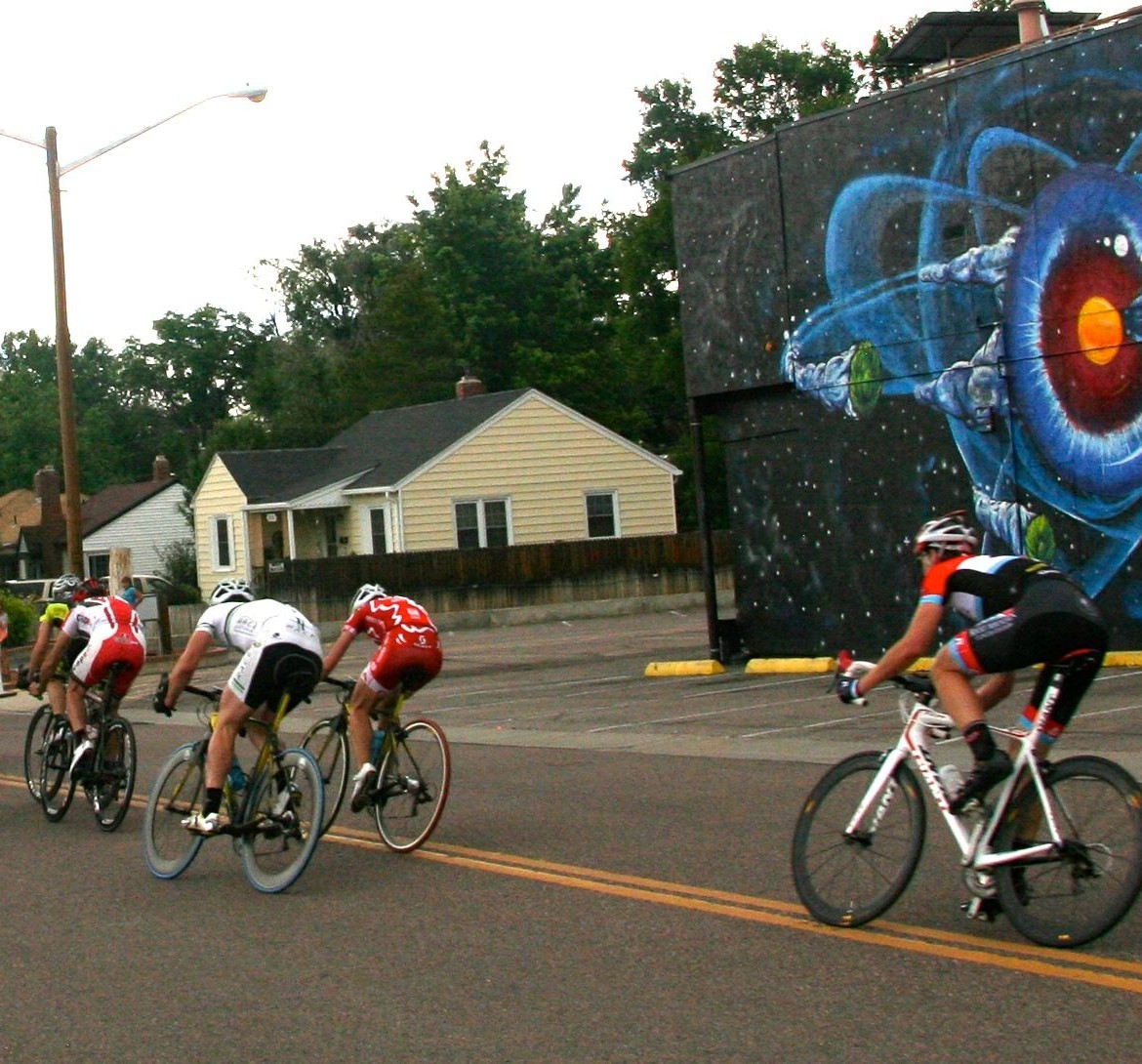Improve your cycling now!
These suggestions will help keep you on track with your training through the darker, colder months. This list is not necessarily in a specific order. It is just one possible order of priorities. Put them in the order that best suits you.
The “off season” (now!) is the most important time to make changes and improvements to your riding next season.
10. Nutrition. I put this first as there is SO much info on nutrition which can cause confusion. Most of us know how to eat to be healthy! Be realistic about your weight and about portion control. Eat to train ( vs. train to eat?). Keep it simple: carbs are necessary to feed your brain and working muscles during and after exercise; lean protein and plenty of fresh vegetables and fruits need to make up the majority of your meals otherwise. Watch winter weight gain. If you gain weight through the winter, you spend all spring losing weight, not improving fitness. Nutrition DOES matter for improved performance and recovery (and to feel better in general). Hydration! Very important in through the winter; 1-2% dehydration impairs performance.
9. Recovery. Take active steps to improve recovery, including: nutrition (CHO feedings), compression pants, intermittent compression devices (Normatec), massage, ice bath, mineral salts/baking soda bath, contrast baths, light workouts, sleep & naps (completely underrated and free!). Any time you speed recovery, you can train harder and more frequently.
8. Testing. Assessments. Benchmarks. Field Tests, Lab tests (LT, VO2 max). Testing helps you now where you are and how to get where you want to be with your fitness & training. Tests also help to gather information about your strengths and weaknesses.
7. Equipment. Cycling is an equipment intensive sport. Are you taking care of your bike? Does it fit properly? Do your hands go numb? Do you have back, knee, shoulder trouble? What level of technology are you comfortable with? Upgrading your equipment (shoes, helmets, pedals, components, etc) in the off season will help you train better and be 100% comfortable next season. In Colorado, it is quite possible to ride outside most of the year. Having the right gear makes this possible.
6. Strength Training. Some level of strength training needs to be included in your training regimen year round. Get an assessment by a trainer or physical therapist to know your weak areas, what needs to be strengthened, stretched, etc. One way to make strength training more cycling specific and to mix up your routine is to alternate strength exercises with cycling. This type of workout helps to transfer gym strength to the bike.
5. Support. Get Help. Invest in yourself! Hire a coach, trainer, follow a training plan. All of these will help with accountability and structure. How about a training partner to help with motivation? Social support of family and friends keeps you active. Make it a family event. Fitness is for everyone!
4. Attitude. Psychology/Inner fitness. Attitude matters! What we say and think about ourselves, our abilities and our goals is very important to successful goal achievement! You have the power to choose your attitude and thoughts. You can change your mind. If you notice negative messages, change them to process and positive messages. Goals. Do you have goals? What are your goals? Stay inspired, stay motivated.
3. Training parameters. As a follow up to testing, how do you know if you’re training enough, too much, hard enough, easy enough? How do you measure recovery and work? Parameters include: heart rate, power, pace, cadence, speed, RPE, etc. How do you measure intensity and improvement?
2. It’s all about the bike. The concept of specificity applies: riding more, riding consistently, strengthening your weaknesses will make you a better rider. Indoor riding: Spin classes, DVDs, bike trainer, workouts geared for indoor training, raise front wheel above rear (engages muscles differently. Rollers that challenge balance, stability and strength on the bike are an option for some. You can break long rides into 2 parts, for example 2×90 min rides. (much of same benefits of continuous riding happen even when broken into smaller parts, some loss of specificity occurs.) Indoor vs. outdoor riding, increase by 20% with indoor riding. (1 hour ride indoors like 1:15 outside, continuous pedaling) Balance your riding time through the week. High intensity/shorter rides during the week. Longer rides on the weekend. Could you commute by bike? (Gear, lights, rear safety beacon, etc) – go green! Skill assessment: cornering, descending, climbing, pedal technique. Practicing skills makes you more comfortable and competent in all riding conditions.
1. It’s not all about the bike. Do you have an Olympic goal, or planning to ride the Tour de France? Most of us ride for fun & fitness, the challenge, doing something good for body & soul. If the time you’re spending on the bike is creating an imbalance in the rest of your life, taking a walk or fun ride with your family does wonders for your soul and the joy in your life. Balance is important. Sticking to a plan that has some alternative choices to mix up the routine will bring promising new possibilities for riding next spring.
